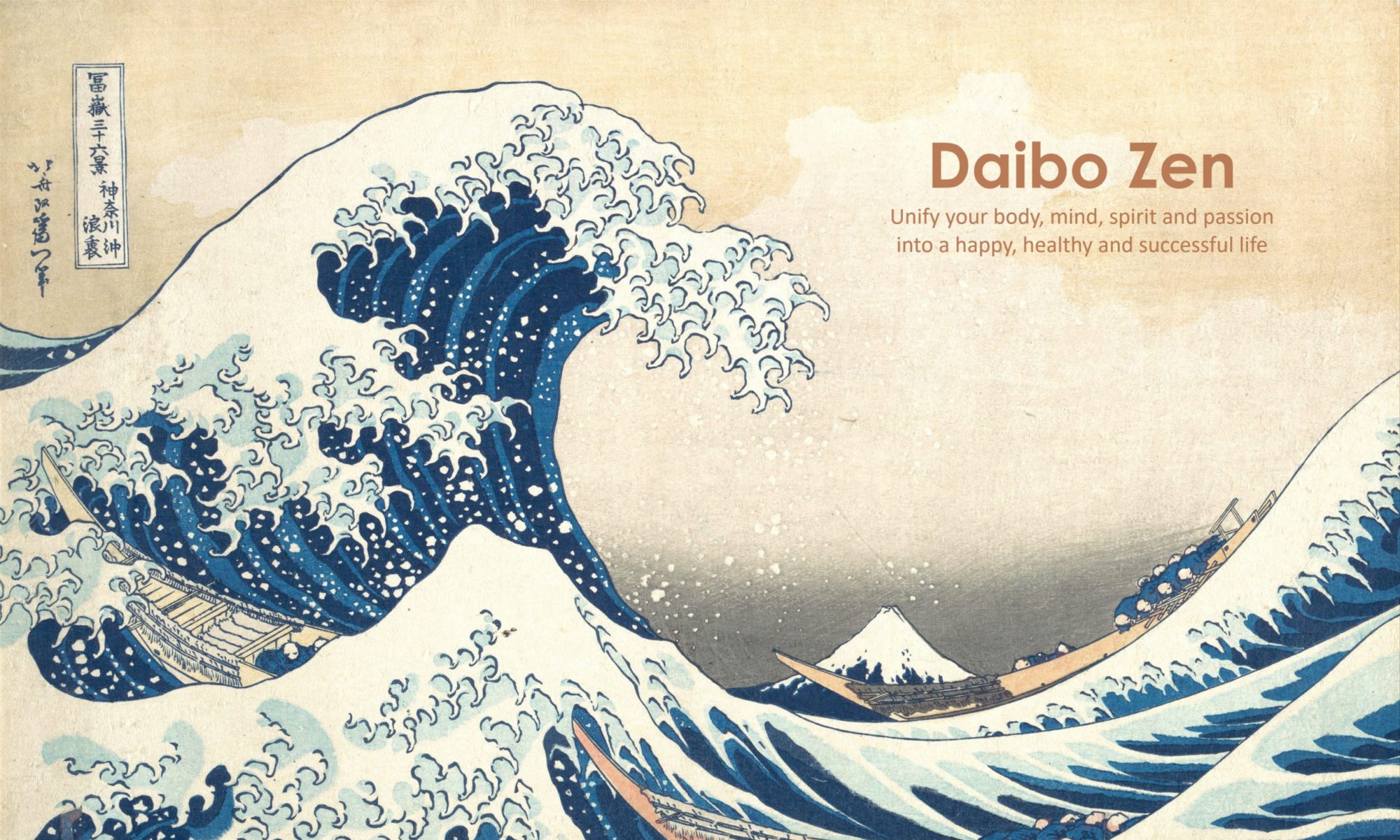
As we can all see, systemic discrimination is overtly thriving in our polarized society. This problem is so big and multifaceted, I sometimes despair as to how can I enter such an opaque and deep-rooted problem. Where is the entry point? Where is the Gate? How can Zen Practice help?
During Zazen, I began to approach the problem of discrimination as a Koan. What is this Koan of Discrimination asking of me? Where do I enter the complex flow of feeling and ideas wrapped up around discrimination? What can I do?
As I have done so many times after my ordination, I turn to the Pledges of a Novice Priest for insight. The sixth pledge is the most poetic and sometimes the most inscrutable. “I will open the Gate of Enlightenment, stand just outside that threshold hearing the cries of existence, and help usher all creation through.” In the Koan of Discrimination, this pledge manifests itself as Compassion as the Entry Point to Discrimination.
Sometimes Compassion can manifest itself as the Sword that Kills. An example of this would be a frank conversation with a friend who is gripped by fear of loss and clings to discrimination as a defensive mechanism. I call this the zero-sum-game mentality, where the idea of unity is forsaken for a reality where there are only winners and losers.
Sometimes Compassion can manifest itself as the Sword that Gives Life. An example of this would be to offer an opportunity to someone who is the victim of discrimination (remember, perpetrators can also be victims). Offer an ear, advice, an internship, a job, training, an interview, money, time, talent. Anything that is feely given is a treasure.
I know on the surface, this sounds inadequate. But, if each one of us were to express Compassion to another with just one small act of Loving-Kindness, each of these acts, collectively will work to bring unity out of the future.
Any ideas how will you express the Koan of Discrimination through the Gate of Compassion?









